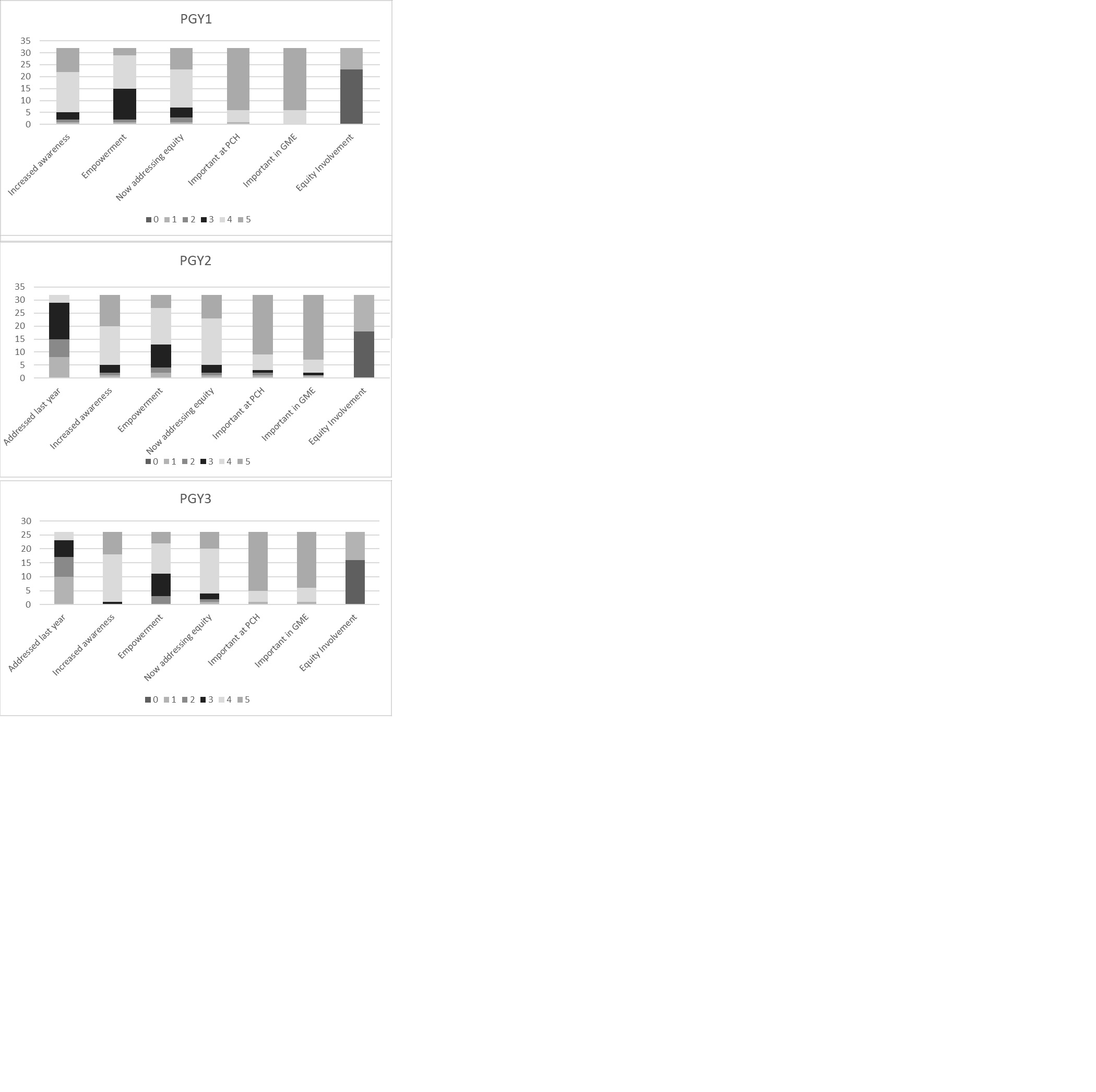Medical Education: Diversity, Equity & Inclusion
Medical Education 8: Diversity, Equity, & Inclusion 2
564 - Novel Health Equity Pearl Curriculum
Saturday, April 29, 2023
3:30 PM - 6:00 PM ET
Poster Number: 564
Publication Number: 564.23
Publication Number: 564.23
Jonathon Schening, Phoenix Children's Hospital, Phoenix, AZ, United States; Abhijeet Namjoshi, Phoenix Children's Hospital, Phoenix, AZ, United States; Renee J. Crawford, Phoenix Children's Hospital, Phoenix, AZ, United States; Jennifer Farabaugh, Phoenix Children's Hospital, Phoenix, AZ, United States; Kristen Samaddar, Phoenix Children's Hospital, Phoenix, AZ, United States
.jpg)
Jonathon Schening, MD (he/him/his)
Resident
Phoenix Children's Hospital
Phoenix, Arizona, United States
Presenting Author(s)
Background: The ACGME’s common program requirements call for respect and responsiveness to diverse patient populations, including diversity in gender, age, culture, race, religion, disabilities, national origin, socioeconomic status, and sexual orientation. Training should focus on excellence in delivery of safe, equitable, affordable, quality care. To create behavioral and cultural change in providing more equitable care, learners must be able to identify both inequities and constructive solutions.
Objective: Improve residents’ knowledge and awareness of health disparities and available local resources for their patients and families.
Design/Methods: This longitudinal Health Equity (HE) Pearl curriculum includes an initial overview workshop where residents are divided into 3-4-member groups to create a presentation based on a pre-assigned topic. Groups review a folder of peer-selected health equity articles available to all residents. They are given protected time to critically appraise an article, research local resources, and prepare their presentation. With mentorship from HE committee leaders, all residents present a 5 minute "health equity pearl" throughout the year corresponding to the same topic as the weekly didactic session. Residents were surveyed 4 months after implementation to evaluate their awareness of healthcare disparities, empowerment to address disparities, importance of health equity to clinical care, quality of this curriculum, and whether they are involved in any additional health equity efforts.
Results: The response rate for the voluntary survey was 70% (n=92). 82% agree that this curriculum addresses health equity in a formal didactic setting compared to 10% last year. 88% agree that they are more aware of the disparities affecting pediatric patients and their families, and 57% feel empowered to address disparities in their clinical practice. 94% think HE knowledge is important to high-quality patient care, and 97% think it should be a part of GME didactics.
Conclusion(s): Implementation of this curriculum has been successful and largely well-received. This novel, resident-led HE curriculum increases awareness of disparities and the role physicians play in pursuing equity. Residents feel more aware and empowered to educate their colleagues on HE topics including diversity, inclusion, disparities from historical and structural racism. Residents largely agree that health equity is integral to patient care.

